Gazing into the crystal ball, it’s obvious that electric cars are going to quickly transform from being a minor part of the motoring landscape to being the dominant species. It’s largely a question of ‘when’ rather than ‘if’, with the major factors affecting the speed of EV uptake being resource availability and cost. By 2030, expect almost everything to be electrified in some way.
However, while the raw performance of an electric vehicle is hard to dispute (ever had an enthusiastic Tesla owner give you a joyride?), are they necessarily the best option for a performance car? Not as long as hybrids are a thing.
Witness cars like the recently-arrived Ferrari 296 GTB, which takes Ferrari away from its beloved V8s but accelerates it into the future with a twin-turbo V6 and a plug-in electric capability. McLaren’s Artura follows the same template, and though both are capable of all-electric driving for a modest distance (around 25km for the Ferrari, 30km for the McLaren), the real transformative aspect of their hybrid powertrains isn’t the fact they allow zero-emissions driving – and thus legislative compliance – it’s the fact that combining an electric motor with a combustion engine really is the best of both worlds. Here’s why.
EVs are fantastically quick. They make exceptional drag racers thanks their ability to deliver maximum torque from zero RPM, and if all you want to do is be the most rapid car at the traffic lights, an EV is your best bet. However weight is the enemy of the performance car, and pure EVs are absolute scale-busters. A Tesla Model S weighs between 1.9 and 2.1-tonne, depending on its battery size.
Petrol, meanwhile, is an incredibly efficient means of storing energy. While a Tesla battery has an energy density of about 260 Watt-hours per kilogram, the same mass of petrol contains around 12,780Wh/kg. Even factoring the relative inefficiency of petrol engines (your typical petrol engine is only able to convert less than half of the fuel’s latent energy into actual power), you don’t need anywhere near as much weight in a petrol tank to produce the same level of kinetic energy as an electric car.
The overall vehicle weighs less as a result – something that’s a massive advantage when it comes to getting around a corner quickly. This is critical for a performance car, as great handling and braking are just as (if not more) vital than straight-line speed, and heavy cars tend to do both poorly. But then why would hybridising result in better performance when it’s going to inevitably add more mass?
Simple: because the extra mass will be offset by imparting the best virtues of an electric car – that massive off-the-line torque delivery and linear response – to the rest of the powertrain. Acceleration from standstill will certainly benefit, but the electric motors can also serve to extend and fatten-up the powerband, eliminating dips in power delivery caused by gearchanges or turbo lag. Meanwhile, the petrol engine helps provide some real muscle at higher speeds – where electric motors typically start to lose performance. Combustion and electrification are very much complimentary technologies, and there are good reasons why the likes of McLaren, Ferrari, Porsche, Lamborghini and Aston Martin have gone hybrid for their top-tier hypercars, and increasingly adopting it for their lower-tier products.
.jpg)
Supercar makers and Le Mans racing teams have been wise to the performance benefits of hybridisation for a while now, but it’s a trick that is only now starting to gain traction in more accessible segments of the car market. Honda’s CR-Z was ahead of its time, launching in 2011 as the world’s first true performance hybrid, but while it failed to achieve commercial success it certainly blazed a trail that is only now starting to see some traffic.
The Cupra Leon VZe will arrive later this year as a plug-in hybrid hot hatch that zips to 100km/h in a worthy 6.7 seconds and boasts peak outputs of 180kW and 400Nm, yet it only uses a 1.4-litre turbo four-pot as its combustion engine. With 110kW and 250Nm from petrol power alone, the balance is made up by the electrics. Same too with the Volkswagen Golf GTE. We’ve missed out on previous iterations of VW’s electrified hot hatch, but it’s now expected to be coming here next year in Mk8 form with similar capabilities to the Leon VZe.

Mercedes-AMG will be using its just-announced C43 to deploy a slightly different performance hybrid strategy. Though it’s only a mild hybrid with no real ability to drive purely electrically, the C43 instead uses an electric motor to spool up its turbocharger when the engine wouldn’t normally be producing boost, effectively eliminating turbo lag and giving the C43’s 2.0-litre inline four a brawny power delivery. Oh, and its integrated starter/generator can also add 10kW to the engine’s 300kW and 500Nm, and the same hybridised engine will be used in the next-gen C63 with even more power and torque.
Not content with hybridising mere four-pots, Mercedes-AMG has also announced the GT 63 E Performance, which generates a monstrous 620kW and 1400Nm from its hybrid twin-turbo 4.0-litre V8 and can launch to 100km/h in a scarcely believable 2.9 seconds. The non-hybrid version of the same powertrain is 0.3 seconds slower. Being a PHEV, the GT 63 E Performance can also drive emissions-free should you want to save your hydrocarbons for a worthy road.
.jpg)
The only problem of all this is cost. Performance cars are already expensive due to the extra engineering effort and specialised powertrains, drivetrains and suspensions that they require, so tacking on a hybrid system only adds to that. It’s the reason why supercars have been making the most of the tech, while lowly hot hatches have largely steered clear.
When it exited the market in 2013 the CR-Z cost north of $40K, which made it a tough sell considering its 99kW output. The Cupra Leon VZe mentioned earlier will be a $59,990 car before on-road costs are factored in, which again is a fair chunk of change for something with its level of performance. The further up the price scale you go, the easier it is for the additional costs of hybrid hardware to be amortised.
But as electrification gathers pace, that extra financial impost should fade away. In the meantime, the performance potential of hybrid performance cars should only improve, meaning that hybridisation isn’t something that should be feared or avoided by car enthusiasts, but rather something that should be embraced as a change for the better.






.jpg)



.jpg)

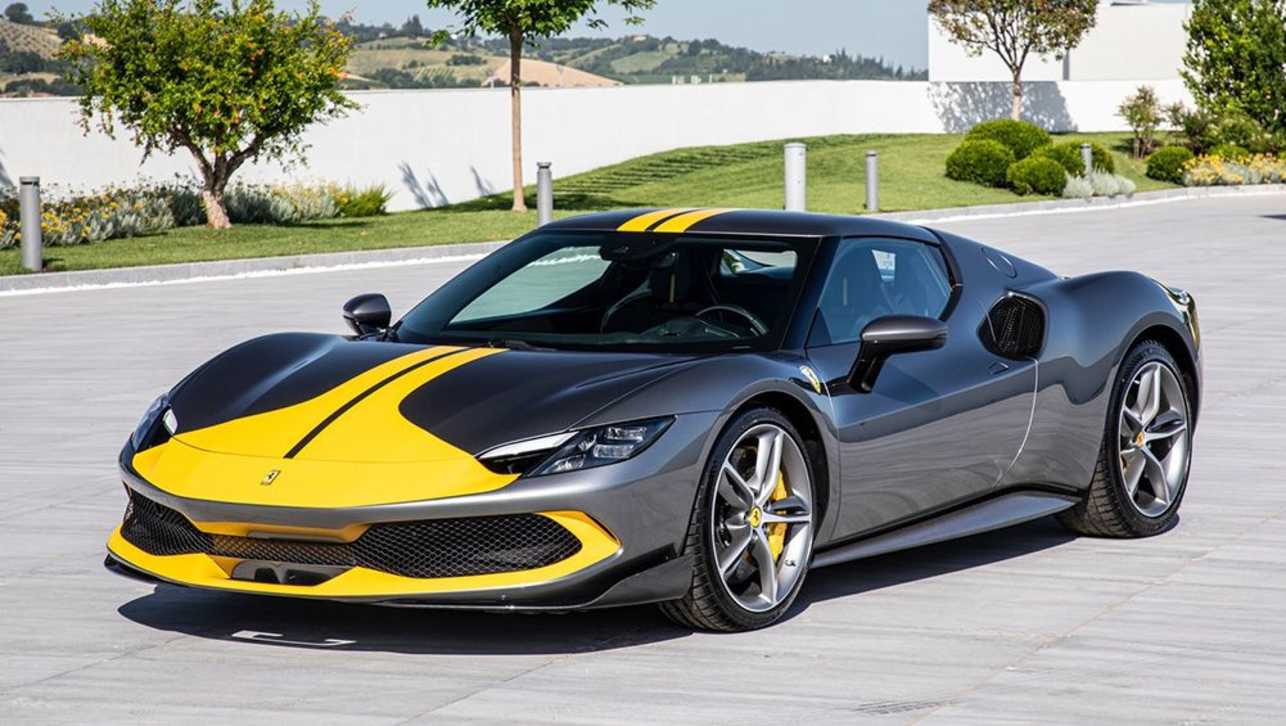
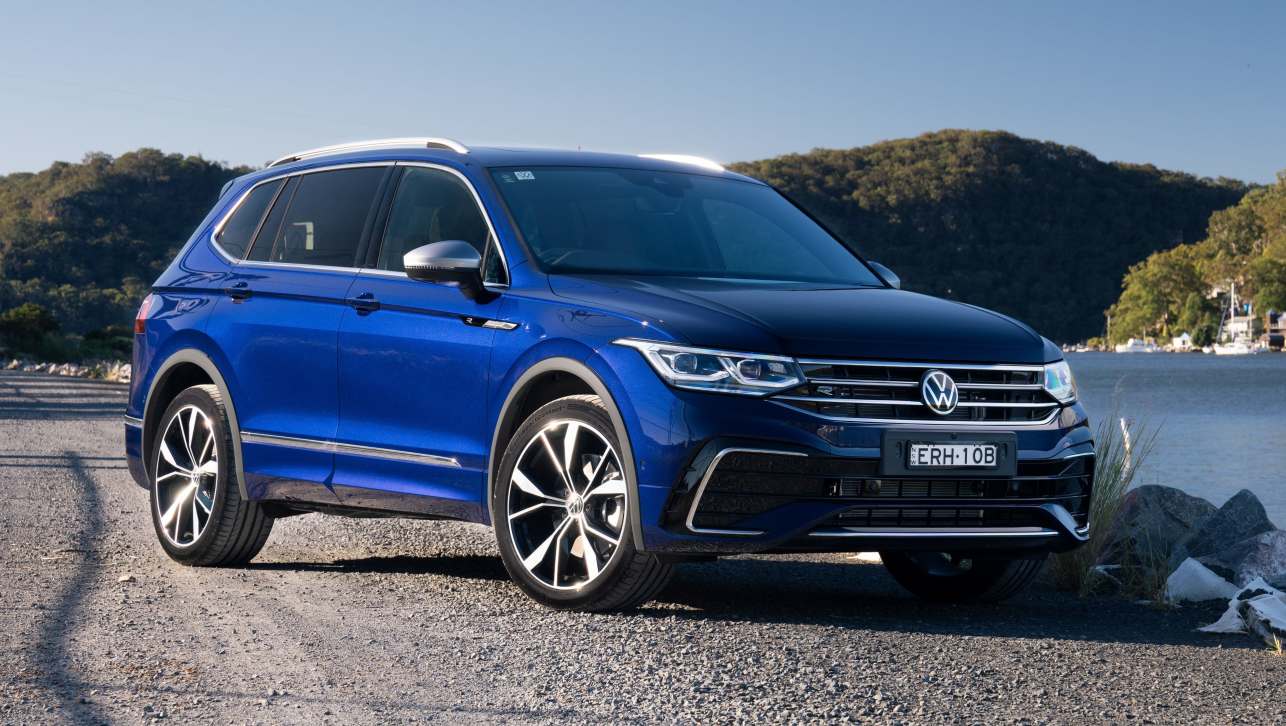
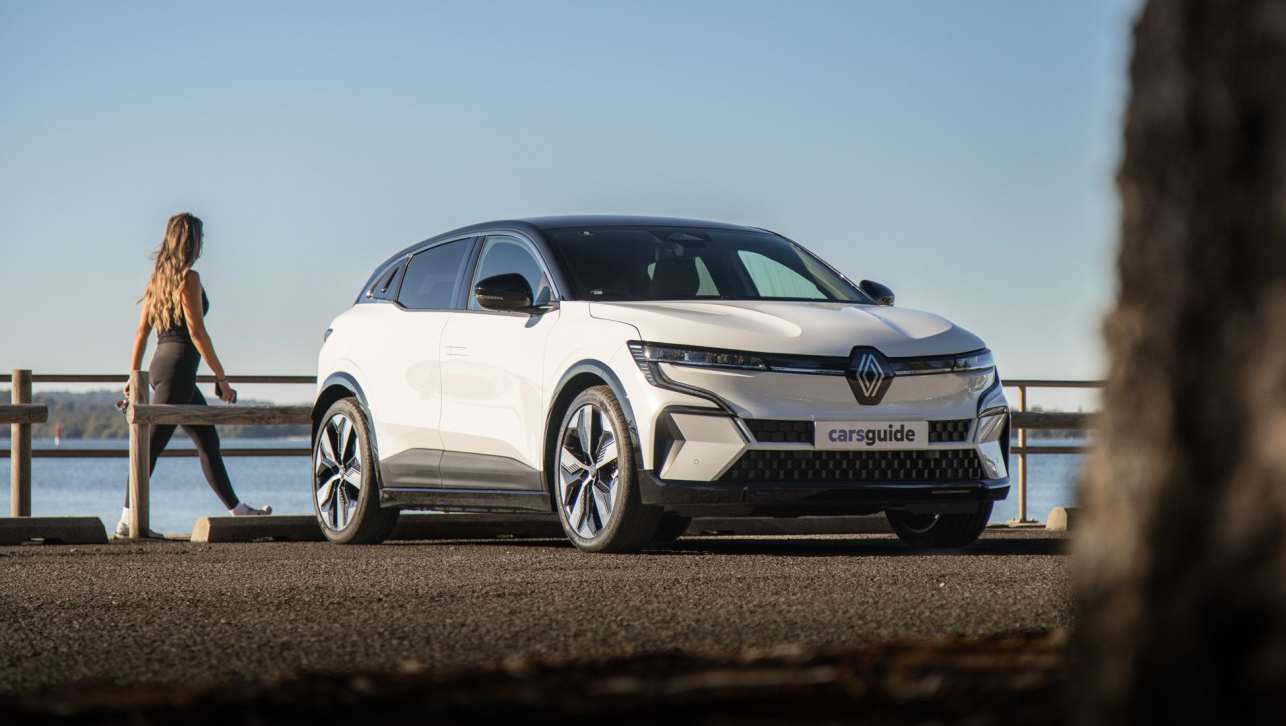

.jpg)


.jpg)
.jpg)
.jpg)
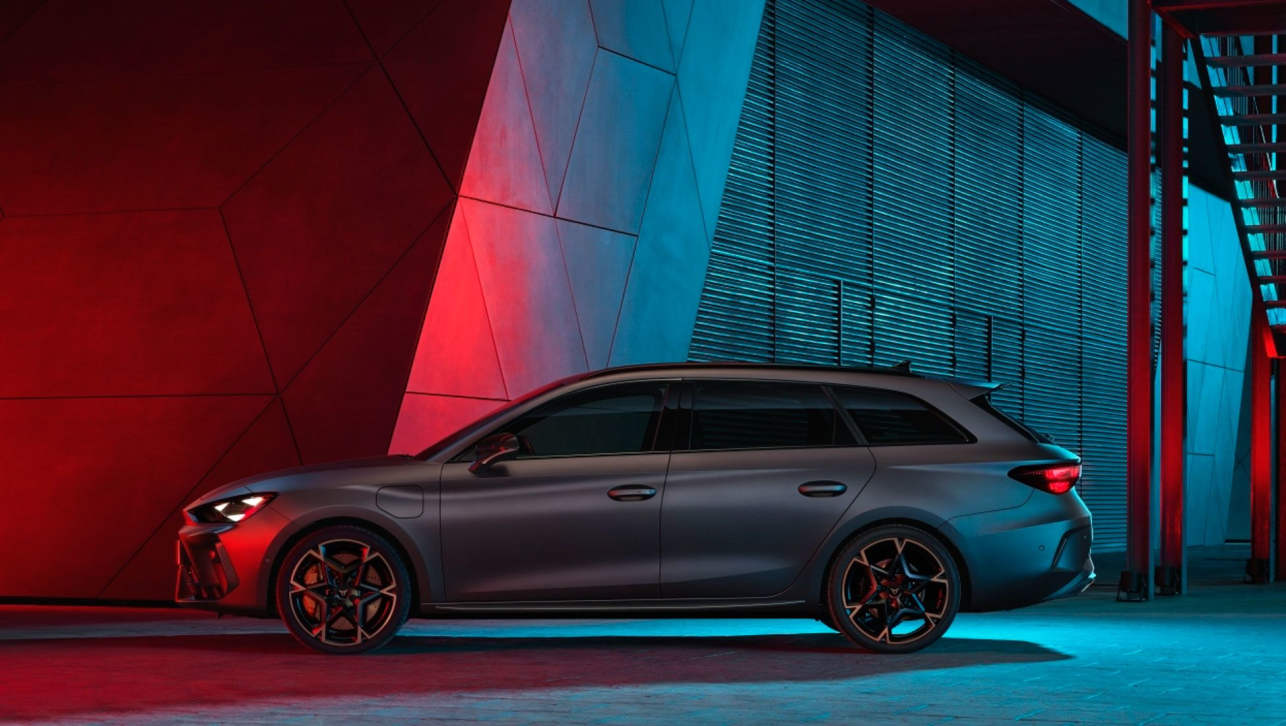
.jpg)
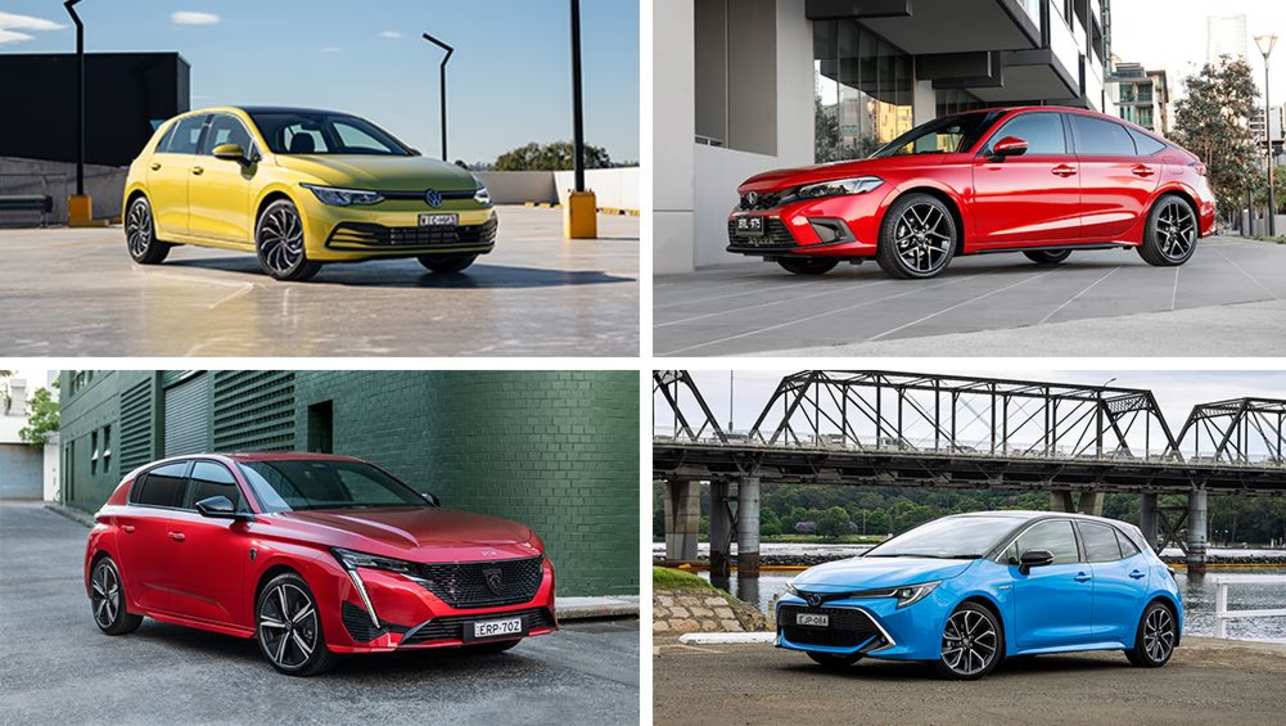
.jpg)
.jpg)



.jpg)
Comments